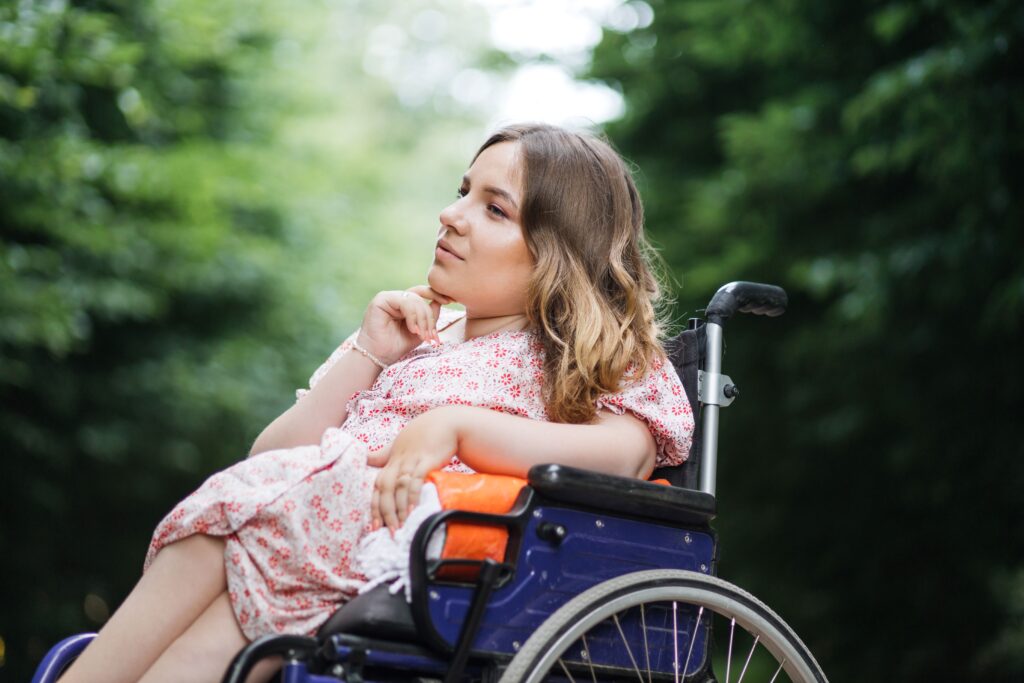Spinal muscular atrophy (SMA) is a hereditary neuromuscular disorder characterized by the progressive degeneration of motor neurons in the spinal cord and brainstem. This leads to muscle wasting and weakness, primarily affecting voluntary muscles responsible for activities such as walking, swallowing, and breathing. It is one of the most common genetic causes of infant mortality worldwide, but advancements in molecular medicine have transformed its management landscape.

Understanding the Genetic Basis of Spinal Muscular Atrophy
SMA is caused by mutations or deletions in the survival motor neuron 1 (SMN1) gene on chromosome 5q13. The SMN1 gene encodes survival motor neuron (SMN) protein, which is critical for motor neuron survival and function.
SMN1 and SMN2: The Genetic Modifiers
- SMN1 gene: Primary gene responsible for producing functional SMN protein.
- SMN2 gene: Nearly identical to SMN1 but produces a truncated, less functional form of the SMN protein.
- The number of SMN2 copies inversely correlates with disease severity. More copies generally result in a milder phenotype.
Classification: Types of Spinal Muscular Atrophy
SMA is categorized based on age of onset and highest motor function achieved. There are five main types:
| Type | Onset Age | Motor Function | SMN2 Copies (Typical) |
|---|---|---|---|
| Type 0 | Prenatal | Severe weakness at birth, neonatal death | 1 |
| Type 1 | <6 months | Cannot sit, respiratory failure common | 1–2 |
| Type 2 | 6–18 months | Can sit but not walk, scoliosis common | 2–3 |
| Type 3 | >18 months | Can walk, may lose ability later | 3–4 |
| Type 4 | Adulthood | Mild weakness, slow progression | ≥4 |
Recognizing the Symptoms of Spinal Muscular Atrophy
SMA manifests as progressive muscular atrophy due to motor neuron loss. The clinical features vary depending on SMA type.
Common Clinical Symptoms
- Muscle weakness (especially proximal muscles)
- Hypotonia (floppy limbs)
- Delayed motor milestones
- Tongue fasciculations
- Difficulty swallowing and feeding
- Respiratory complications
Type-Specific Features
- Type 1 (Werdnig-Hoffmann disease): Severe hypotonia, poor head control, weak cry, paradoxical breathing.
- Type 2: Delayed sitting, scoliosis, joint contractures.
- Type 3 (Kugelberg-Welander disease): Difficulty climbing stairs, frequent falls.
- Type 4: Mild, often unrecognized early; progresses slowly.
Diagnostic Methods for Spinal Muscular Atrophy
Genetic Testing: Gold Standard
- Deletion analysis of SMN1 gene confirms the diagnosis in >95% of cases.
- SMN2 copy number determination helps predict disease severity and guides therapy.
Additional Diagnostic Tools
- Electromyography (EMG): Shows signs of denervation.
- Muscle biopsy: Rarely needed; shows muscle atrophy.
- Prenatal testing: Chorionic villus sampling or amniocentesis for known familial cases.
Emerging and Approved Treatments for SMA
Recent years have seen groundbreaking therapies targeting the underlying genetic defect in SMA.
FDA-Approved Therapies
| Treatment | Mechanism | Route | Indication |
|---|---|---|---|
| Nusinersen (Spinraza) | Antisense oligonucleotide increasing SMN2 splicing | Intrathecal | All SMA types |
| Onasemnogene abeparvovec (Zolgensma) | Gene replacement therapy for SMN1 | Single IV infusion | SMA Type 1, ≤2 years |
| Risdiplam (Evrysdi) | Oral SMN2 splicing modifier | Oral | SMA Types 1–3 |
Supportive Therapies
- Physical therapy: Maintains muscle function and prevents contractures.
- Respiratory support: Non-invasive ventilation, cough assist devices.
- Nutritional management: Feeding support, gastrostomy if needed.
- Orthopedic care: Bracing, scoliosis surgery.
Multidisciplinary Management Approach
SMA requires comprehensive care involving multiple specialties:
- Neurologists: Lead diagnosis and treatment planning.
- Pulmonologists: Monitor and manage breathing issues.
- Orthopedists: Address musculoskeletal deformities.
- Nutritionists: Guide caloric and protein intake.
- Physical and occupational therapists: Maintain independence.
Prognosis and Life Expectancy
Prognosis in SMA has dramatically improved with early diagnosis and treatment. Life expectancy varies:
- Type 1: Historically <2 years; now improved with gene therapies.
- Type 2 and 3: Most individuals survive into adulthood with supportive care.
- Type 4: Normal life expectancy with minimal disability.
Ongoing Research and Future Prospects
Promising research is ongoing into new therapeutic modalities:
- SMN-independent therapies: Target downstream pathways (e.g., neuroprotective agents).
- Combination therapies: Use of gene therapy plus antisense oligonucleotides.
- CRISPR-based gene editing: Potential for permanent correction of SMN1 mutation.
Frequently Asked Questions:
What causes spinal muscular atrophy?
SMA is caused by a mutation or deletion in the SMN1 gene, leading to insufficient SMN protein production.
Can spinal muscular atrophy be cured?
While no definitive cure exists, disease-modifying therapies significantly improve outcomes.
Is SMA inherited?
Yes, SMA is an autosomal recessive disorder, meaning both parents must carry a copy of the faulty gene.
How is SMA different from muscular dystrophy?
SMA affects motor neurons in the spinal cord, whereas muscular dystrophies primarily involve muscle tissue itself.
Can SMA be diagnosed before birth?
Yes, prenatal genetic testing can detect SMA in at-risk pregnancies.
Spinal muscular atrophy is a complex yet increasingly manageable genetic neuromuscular condition. With early diagnosis, cutting-edge therapies, and coordinated multidisciplinary care, patients with SMA now have greatly improved survival and quality of life. Continued research holds promise for even more transformative interventions in the future.